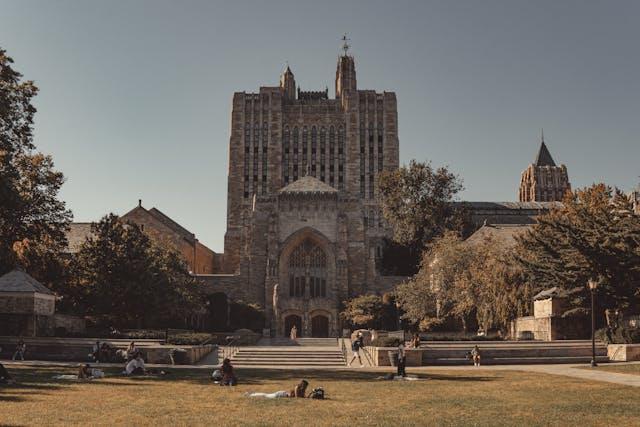Thousands from international science community warn of wall’s consequences
Efforts on the proposal to continue construction along the U.S. and Mexico border has without a doubt negatively impacted thousands of lives, most notably the thousands of migrant families still hoping to be reunited after being separated at the border.
But the international scientific community is adding that the wall also presents alarming consequences for the environment along the divide, which is home to thousands of vulnerable populations of plants and animals.
A report published Tuesday, July 24 in the journal BioScience, determined that as many as 1,077 animal species and 429 plant species — 66 from both groups of which are critically endangered — would be affected by the construction of new borders.
Outlining the environmental harms seen over the past decade as a result of construction along the roughly 2,000-mile U.S.-Mexico border, the report further warns of the Trump administration’s plan to complete a continuous border wall by describing it as a threat to “some of the continent’s most biologically diverse regions.”
“Fences and walls erected along international boundaries in the name of national security have unintended but significant consequences for biodiversity,” wrote the scientists.
Co-signing the report are over 2,700 scientists (and growing) from all over the world, including from the Philippines. Over 700 additional signatures come from general supporters.
Among the report’s authors are prominent biologists Paul Ehrlich and E.O. Wilson.
Nature divided
The authors stated that physical barriers fragment habitats and degrade landscape connectivity for animals, thus preventing them from getting access to food, water, and mates among other needs.
The endangered Peninsular bighorn sheep, for example, relies on trekking between California and Mexico for water and birthing sites.
For the also endangered Mexican gray wolf and Sonoran pronghorn, building a wall would make it nearly impossible for them to reestablish recently declining populations.
“Fragmented populations may suffer from reduced genetic diversity and face greater extinction risks,” wrote the authors.
The report also cited the Real ID Act which was passed by U.S. Congress in 2005, ultimately allowing the Department of Homeland Security (DHS) authority to waive any laws that get in the way of the wall’s construction. These include the Endangered Species Act (ESA) and the National Environmental Policy Act (NEPA).
“With these laws sidelined, wall construction proceeds without the necessary depth of environmental monitoring, mitigation, public input, and pursuit of legal remedies,” reads the report.
The DHS has already issued eight waivers in all four border states of California, Arizona, New Mexico, and Texas since 2005. Three of the waivers were from the Trump administration in 2017 for construction in California and New Mexico.
The researchers also argued that the border wall and efforts towards its completion devalue conservation investment and scientific research.
“The U.S. and Mexican governments, tribes, nongovernmental organizations, and private landowners have set aside many millions of acres of protected land and invested millions of dollars in conservation, often bi-nationally coordinated,” wrote the authors.
Around 4.5 million hectares of U.S. and Mexican protected areas within 80 kilometers of borderlines are overseen for biodiversity conservation. Another 2.6 million hectares are managed for sustainable multiuse. Of the total borderland area, 18 percent are protected lands.
The authors added that U.S. and Mexican scientists have also shared “distressing stories of being intimidated, harassed, and delayed by border security officers.”
Rob Peters, the lead author of the study and a biologist at Defenders of Wildlife, told Earther that the sheer number of support from the international science community shows how dire the consequences of border construction are.
“Given that scientists by nature and training are often hesitant about weighing in on public issues, that so many signed is strong validation of how disastrous the wall would be,” Peters told Earther.
In the report, authors urged the U.S. government to recognize and prioritize the conservation of the “ecological, economic, political, and cultural value of the U.S-Mexico borderlands.”
“National security can and must be pursued with an approach that preserves our natural heritage,” wrote the authors.







